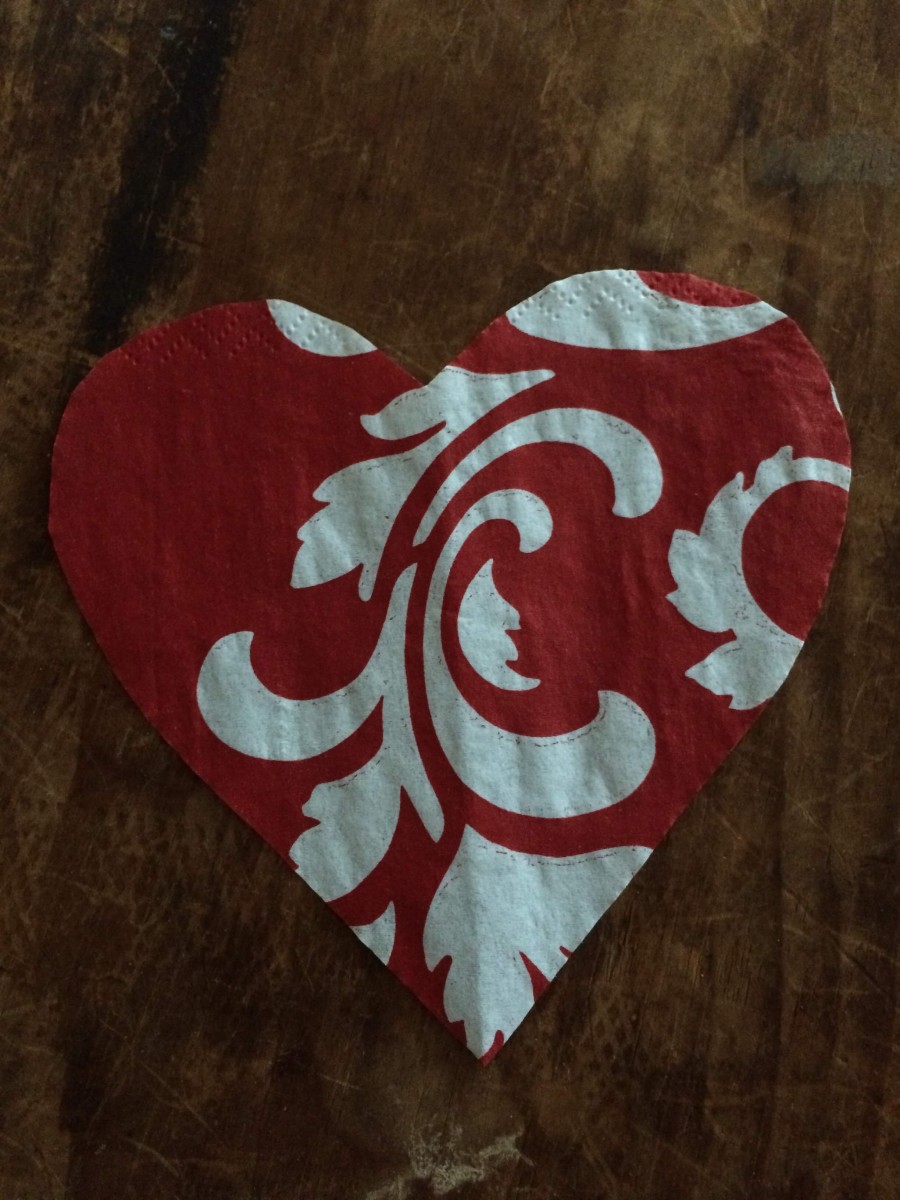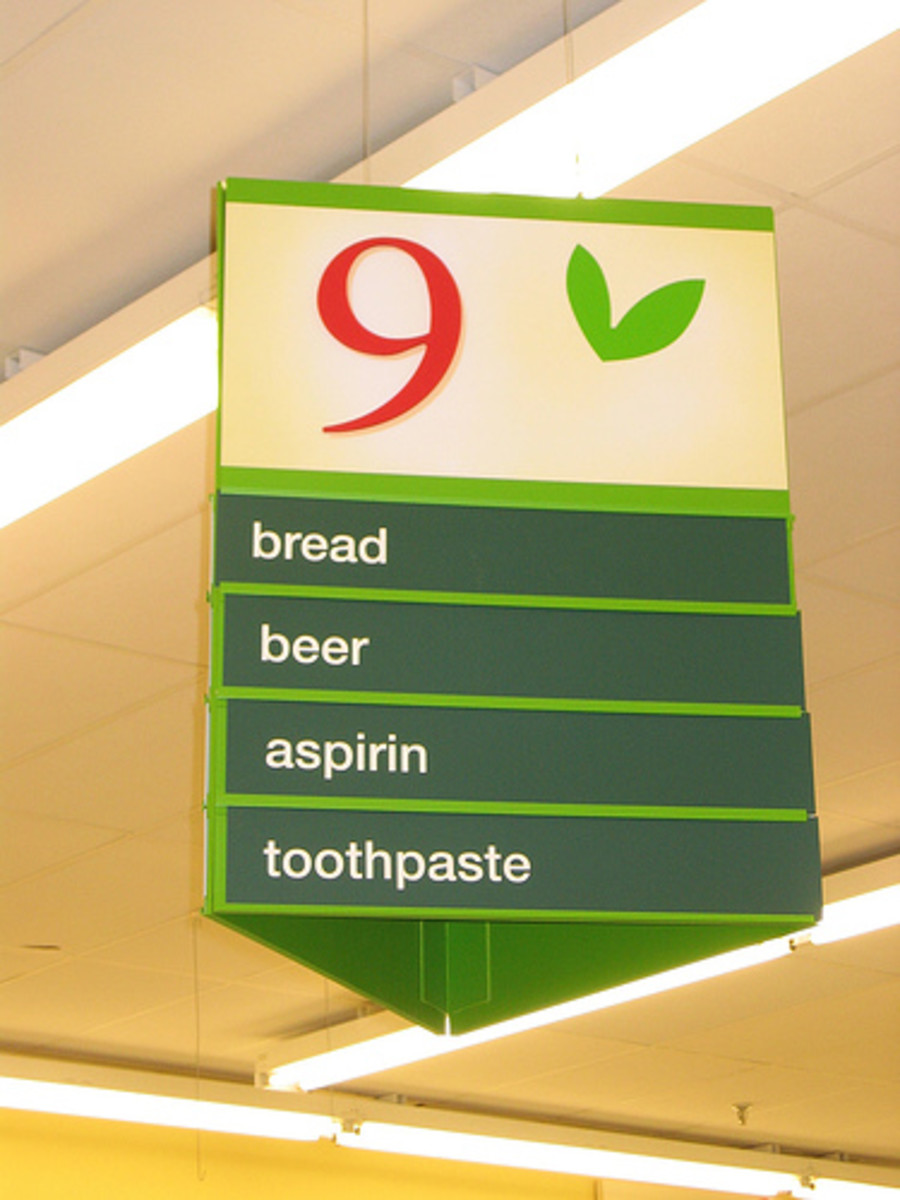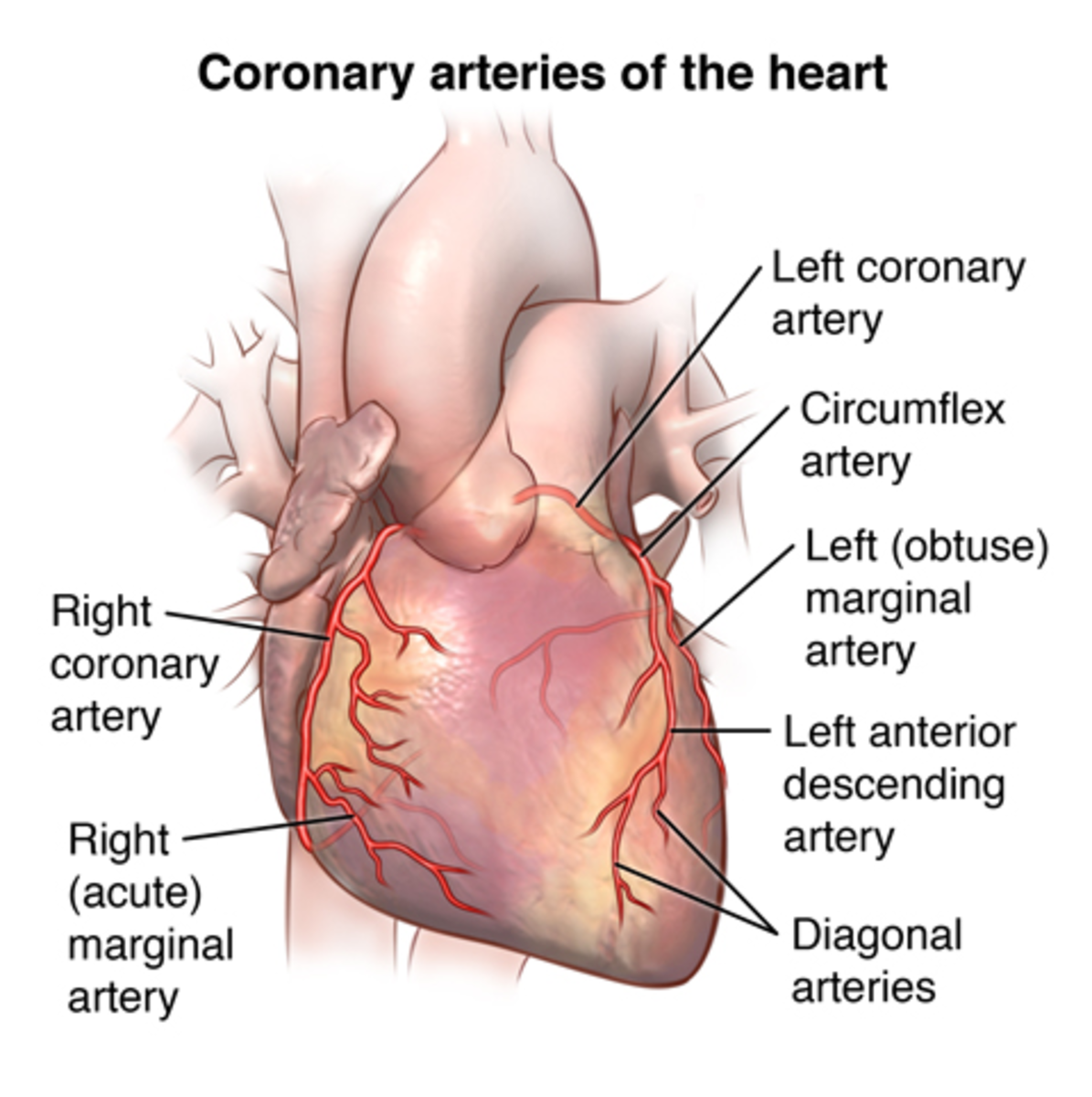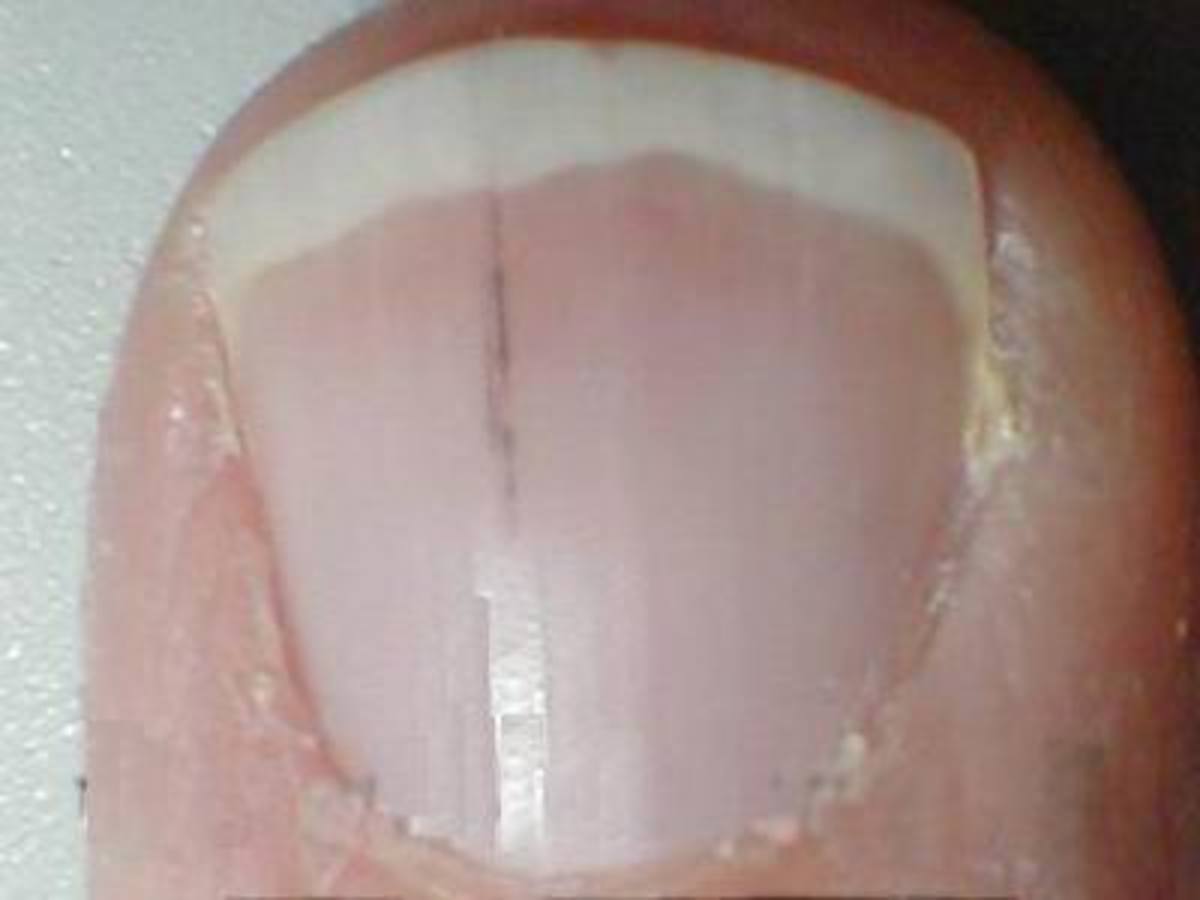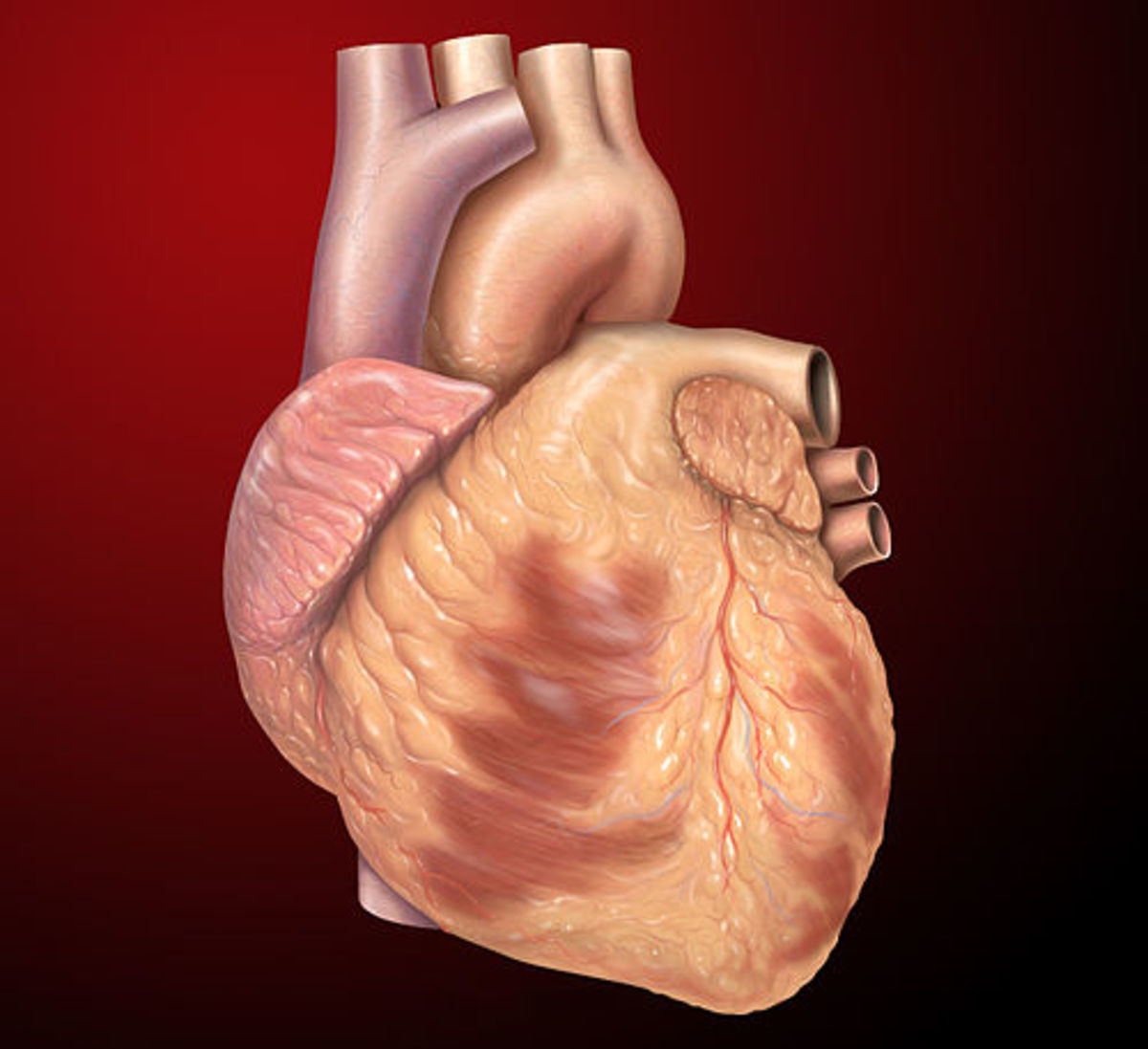How to tell if you're having a heart attack
Heart disease is a simple term for a complex of problems that affect the heart and its ability to pump blood efficiently. It implies that something is wrong with the heart muscle itself. Often, the problem involves the network of arteries and veins that provides the heart with its own blood supply.
Symptoms of blood supply problems to the heart include the pain and chest tightness felt with angina. When blood vessels become blocked, portions of the heart muscles literally starve for oxygen and fuel. When that happens, you suffer a heart attack, resulting in more or less permanent damage to the heart.
There are a few things that you can do to increase your chances of surviving a heart attack. The most important, of course, is to get medical help as soon as you feel the common symptoms of heart attack.
The quicker you get to an emergency room, the better the chances the doctors can save your life and minimize damage to your heart. People often deny the reality of severe heart problems, delaying treatment for hours when minutes count.
How to tell if you’re having a heart attack
- Severe chest pain. Usually the pain is a heavy or squeezing, deep, constant ache right behind the breastbone. Often the pain radiates to the back, left arm or jaw. Nitroglycerin – which usually banishes the pain of angina – has little or no effect on this pain. Antacids can’t touch it. If the pain lasts for more than 10 minutes, you should get immediate medical help. However, about two out of every 10 heart attack victims have little or no pain. Some complain about uncomfortable pressure, fullness or squeezing in the center of the chest instead of pain. Again, if the sensations last more than 10 minutes, get medical help.
- Sweating, usually excessively, and cool, clammy skin. Occasionally, chills accompany the symptoms.
- Nausea, vomiting or feelings of severe indigestion.
- Shortness of breath, dizziness, lightheadedness or faintness.
- A sense of impending doom, severe nervousness or fear.
Many people get these warning signs but put off getting help. Initial denial of the seriousness of the situation is normal, but it’s important to get past your denial quickly.
Most people who die of heart attacks do so within two hours of the first signs of distress. Waiting simply reduces your chances of survival.
So, never treat lightly any signs of heart pain. Call for medical help quickly. Better a false alarm than DOA.



